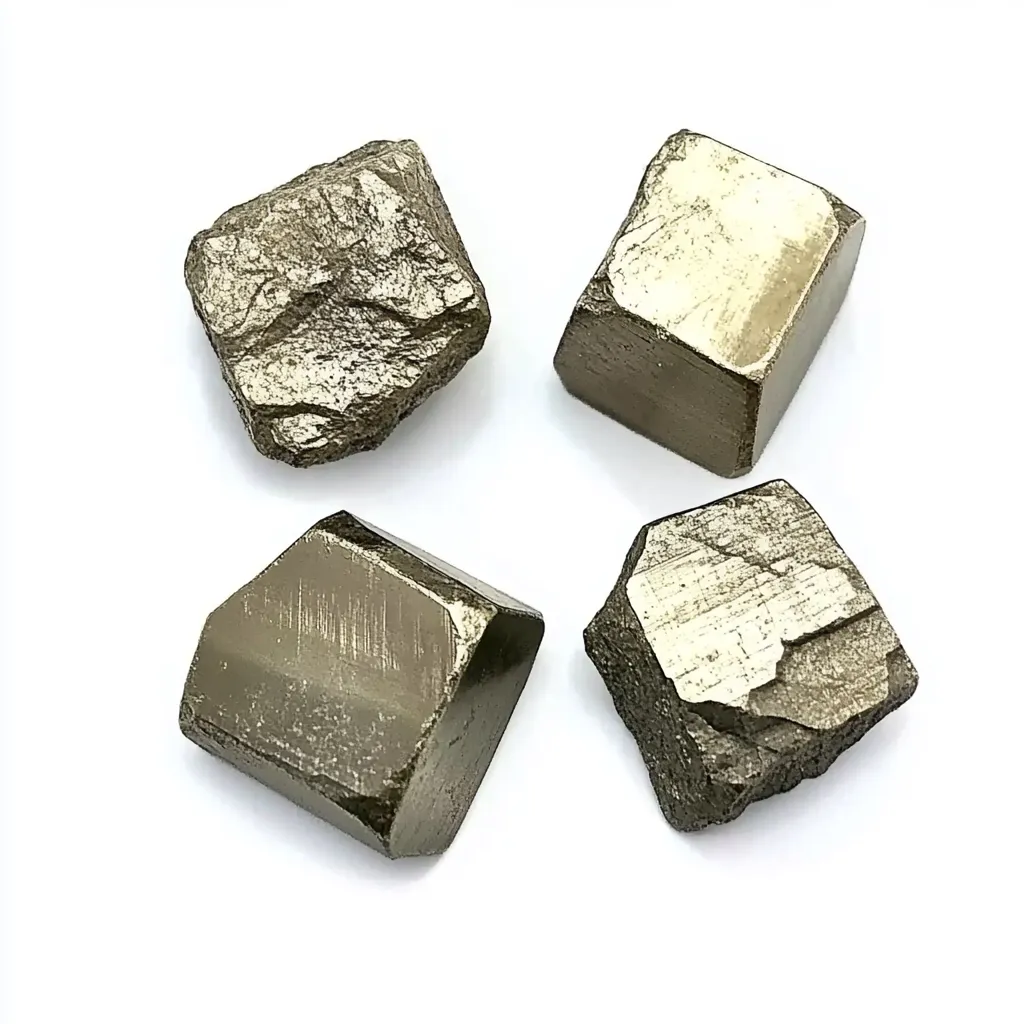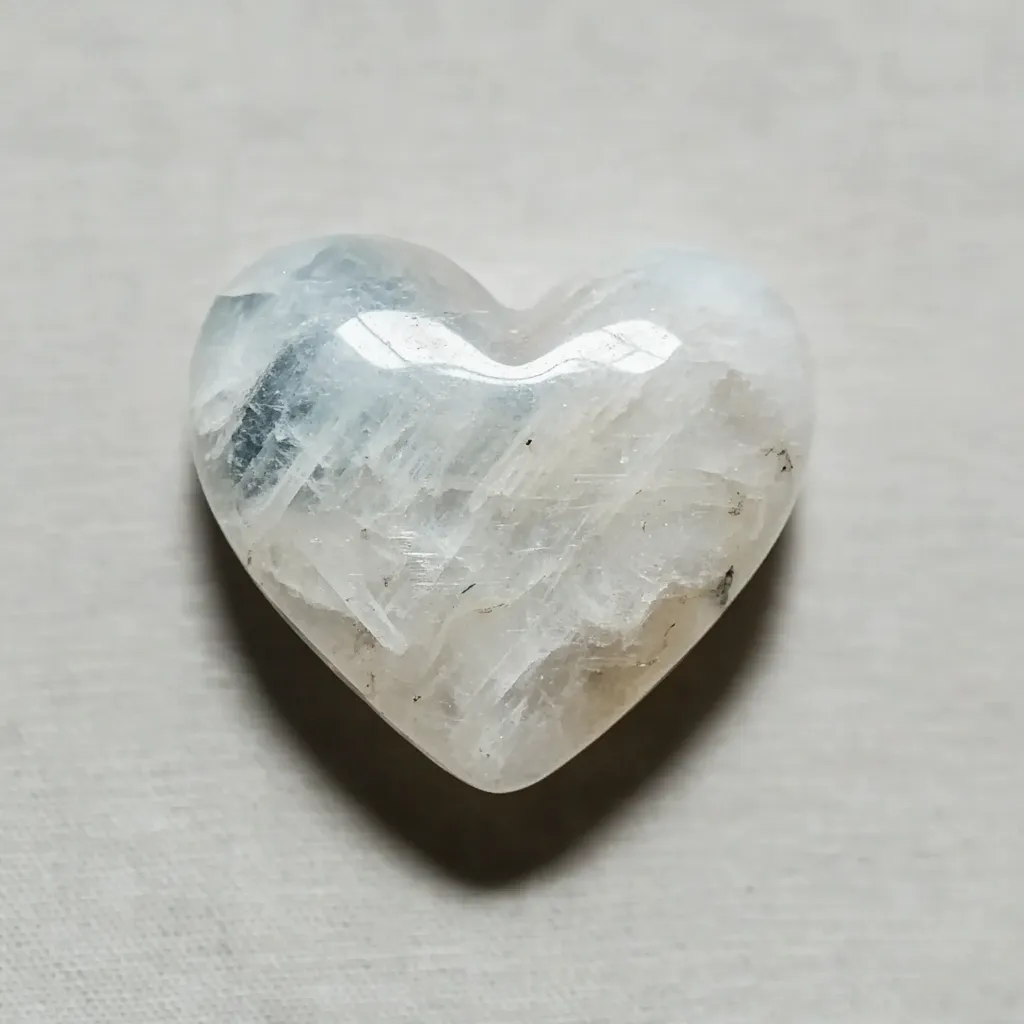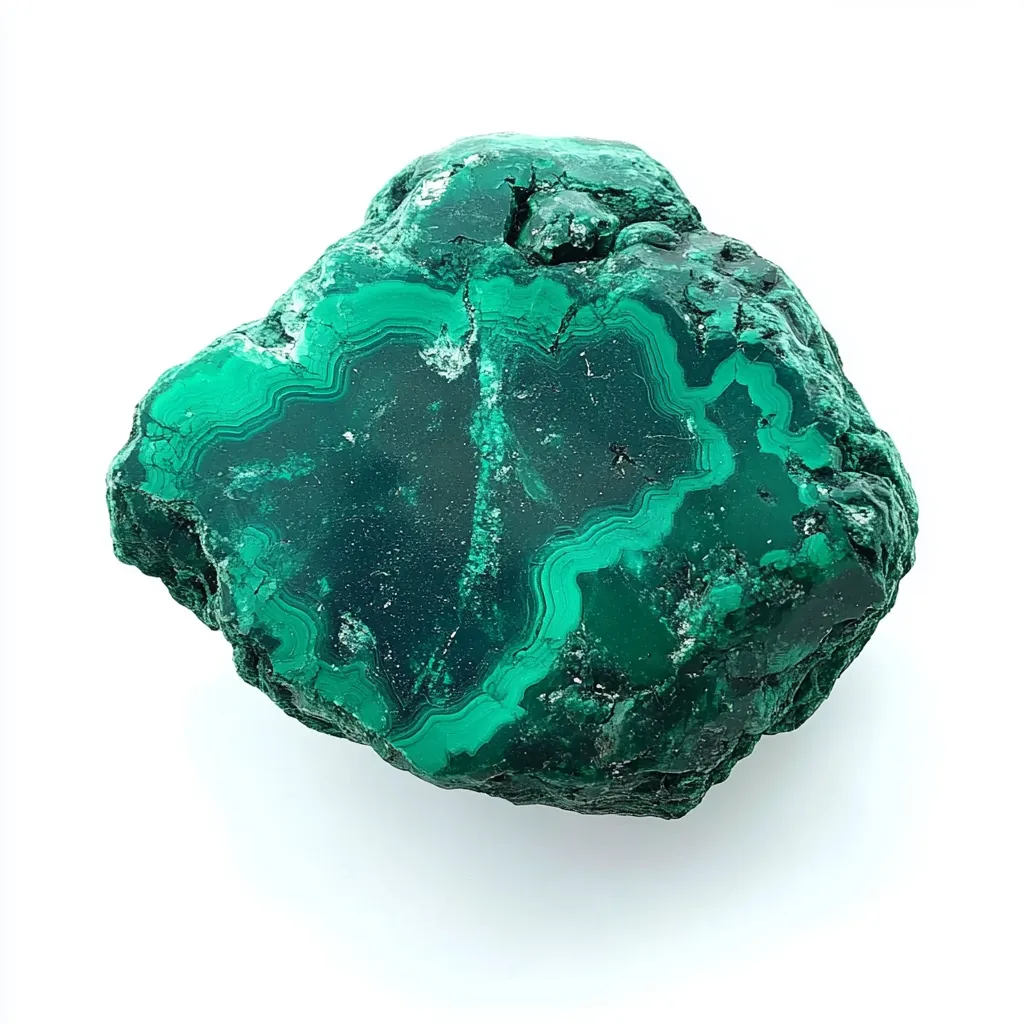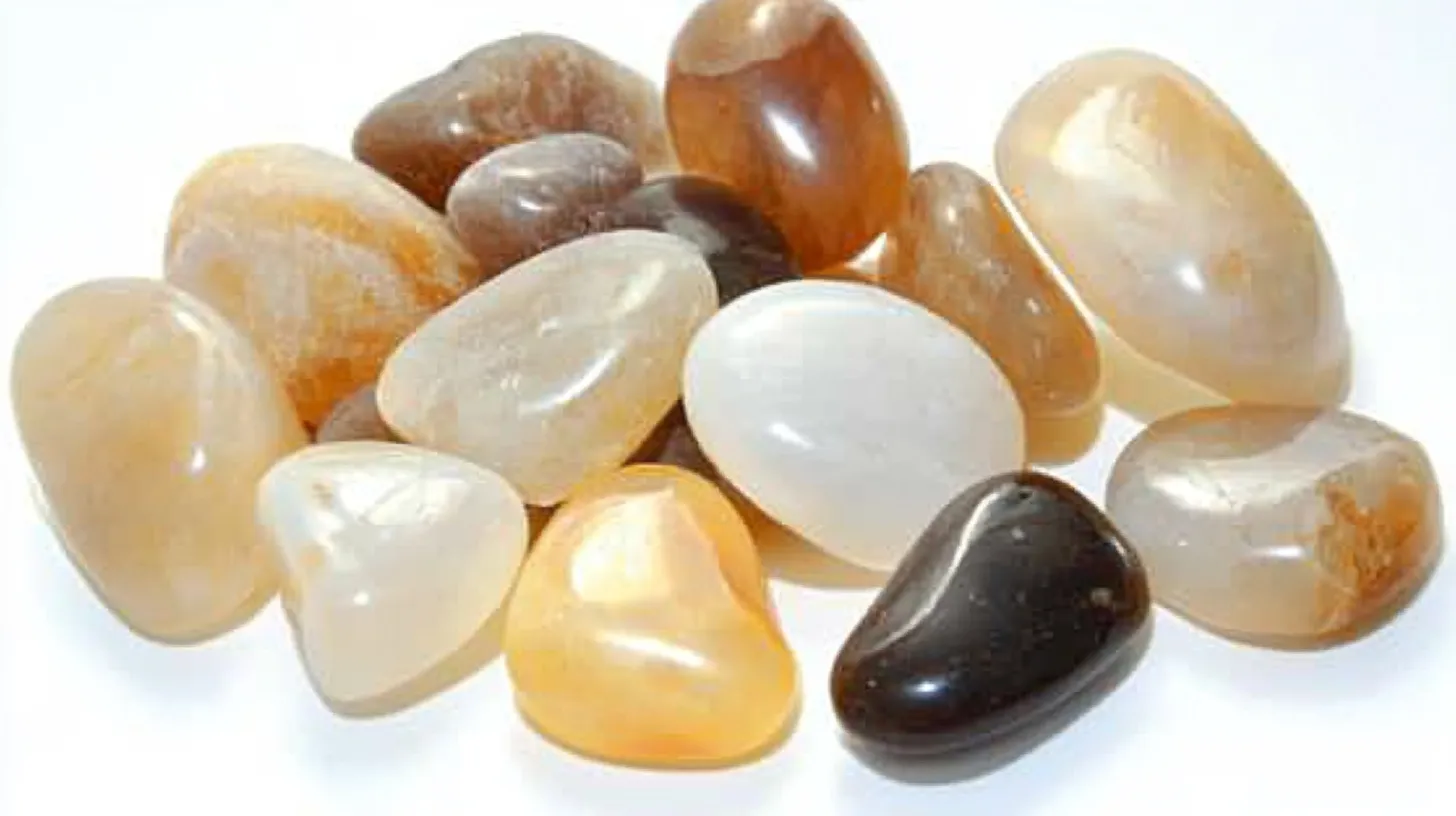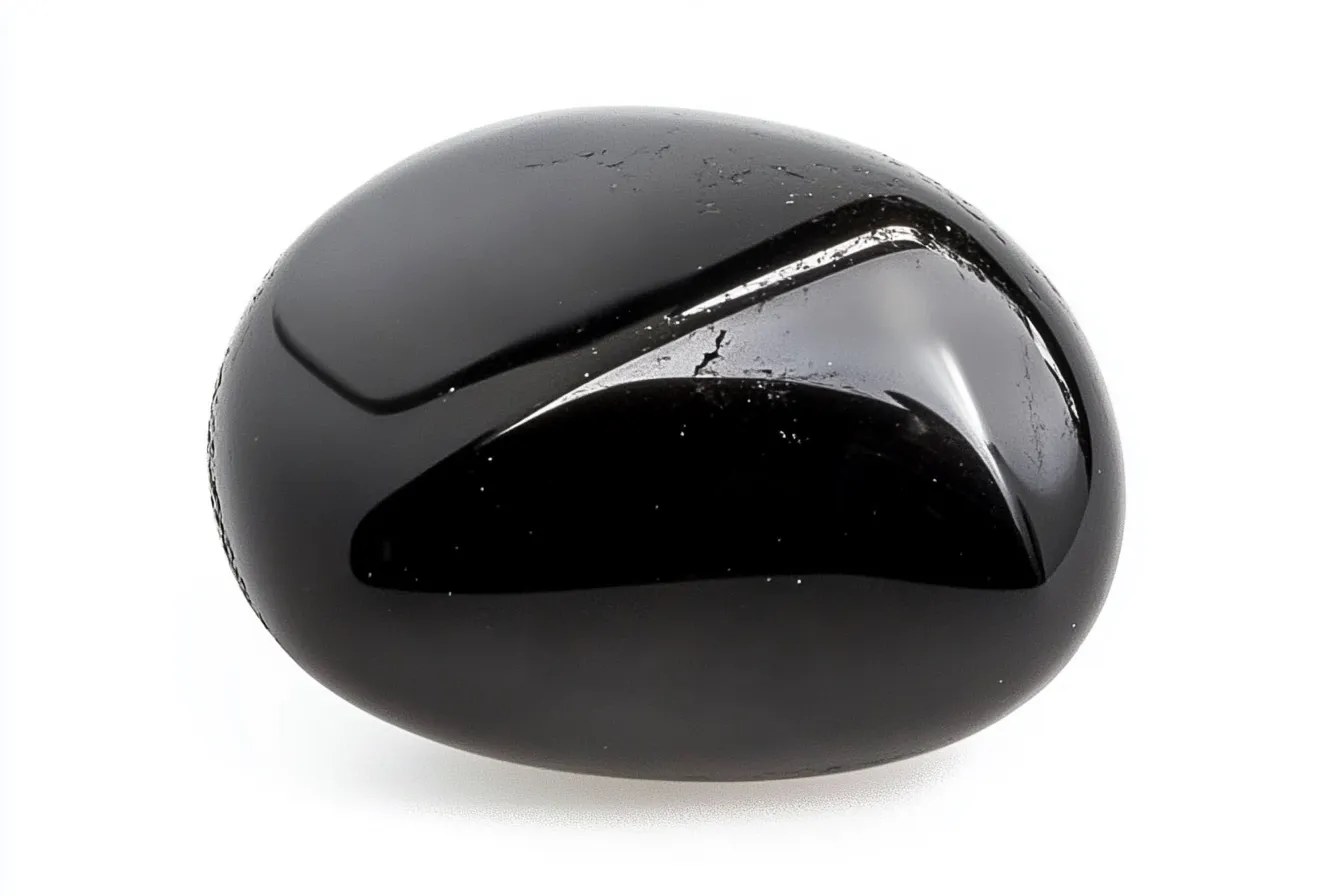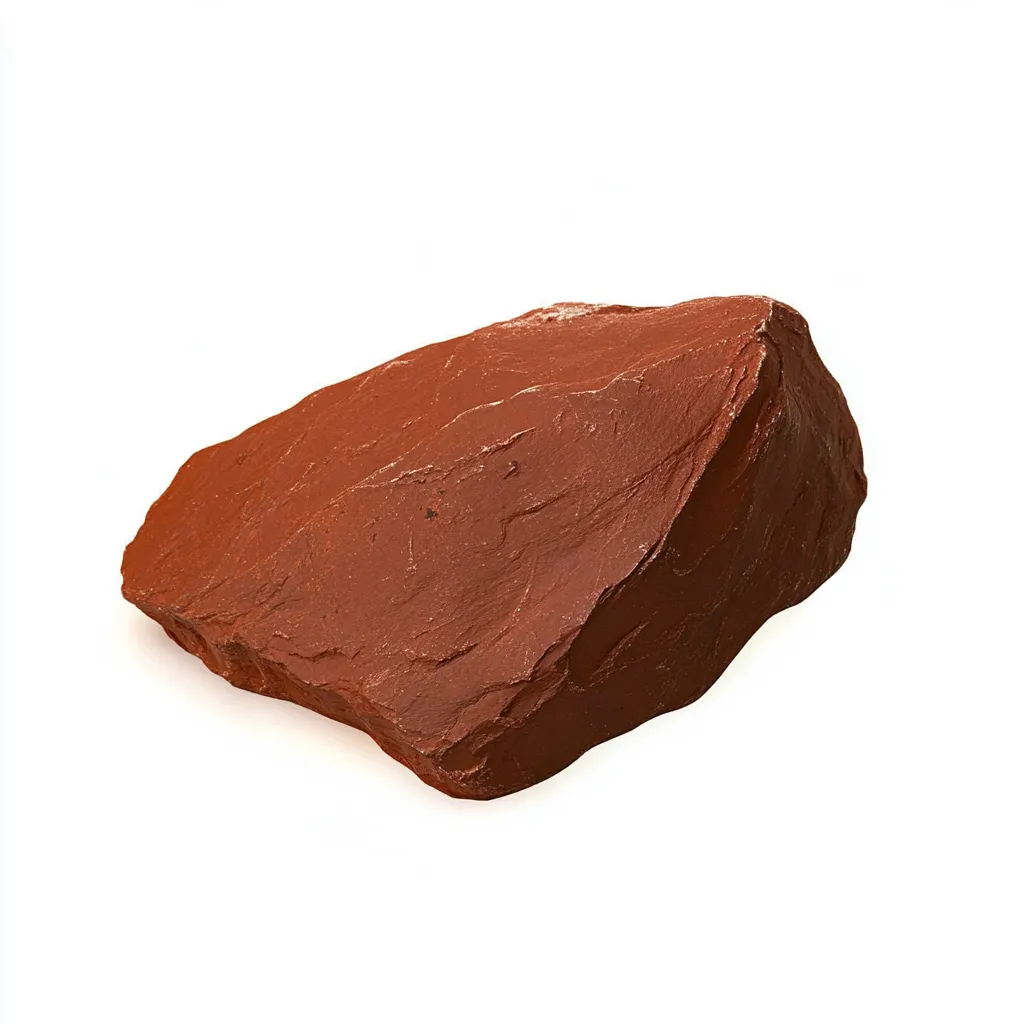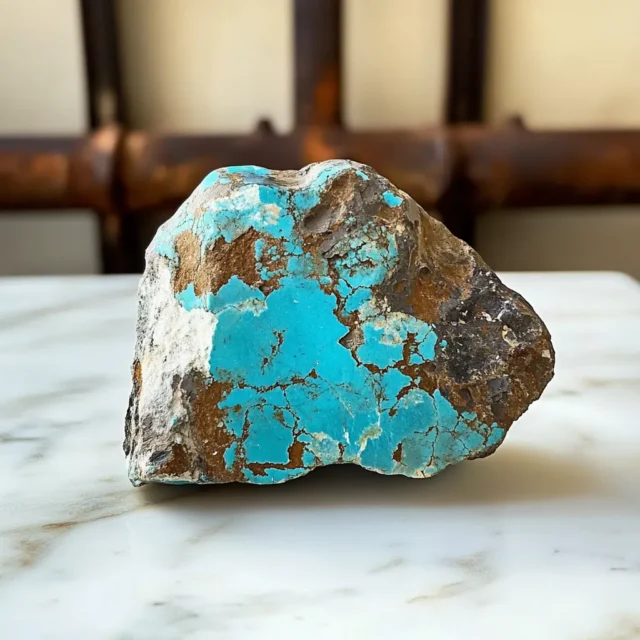

Science & History of Turquoise Stone
One of the oldest known gemstones, turquoise derives its name from the French word turquois, meaning “Turkish.” Traders brought it to Europe from Persia through Turkey. Turquoise is a phosphate containing copper, aluminum, and iron. The colors of turquoise are largely determined by the type and amount of each metallic element the stone contains, ranging from brilliant blue to blue-green to green. No two stones are exactly alike, which is part of the charm of turquoise.
Ancient civilizations such as the Egyptians, Persians, Chinese, and Native Americans treasured turquoise for more than 5,000 years. Did King Tutankhamun’s burial mask contain turquoise? Turquoise was the inlaid material. Both warriors and hunters trusted turquoise in Navajo and Apache cultures. And not just for these examples: Clearly, turquoise has been much more than a mere pretty stone—it serves as a sacred talisman in many cultures.
Table: Historical Use of Turquoise by Culture
| Culture | Use of Turquoise |
|---|---|
| Egyptians | Inlaid in burial masks, such as King Tutankhamun’s |
| Persians | Worn as protection and status symbols |
| Chinese | Used in carvings and decorative objects |
| Native Americans | Talisman for protection in hunting and battle |

Turquoise Stone Benefits & How to Use It
People frequently refer to turquoise as a stone of healing. Support for the immune system, reduction of inflammation, and aid in respiratory health are among the healing properties ascribed to it. There is little scientific evidence to back these claims, but many people who wear turquoise believe it provides a sort of natural tranquilizer’s effect.
There are multiple ways to utilize turquoise. For instance, wearing it as a necklace near the throat chakra can affect your communication. For another, you can hold the stone in your hand while meditating. Or you can place the stone on your body while resting to access its calming influences. And some even place a small stone inside the pillowcase to access the sleeping influences of turquoise.
Turquoise Stone Spiritual Properties
On a spiritual level, turquoise is often regarded as a bridge connecting the realms of heaven and earth. It is considered an enhancer of intuition and a deepener of meditation. When you work with turquoise, especially when wearing it, you are aligning your energy with the stone’s. This stone is superb for uniting your inner and outer selves—the you that everyone can see. It can help align your chakras so that your energy is flowing freely. Its primary chakra association is with the throat chakra.
In numerous cultures, turquoise symbolizes protection. It is often said in Native American lore that turquoise falls from the sky or forms where human tears meet the earth. That poetic origin reflects how they perceive it: as a stone of emotional depth and a symbol of spiritual strength and divine connection.

Typical Worth of Turquoise Stone
Turquoise is a mineral of wide variances. Its natural, untreated version hails from places like Iran (where Persian turquoise fetches high prices) or the Sleeping Beauty mine in Arizona, and those specimens can command upwards of $100 per carat. Meanwhile, the more affordable version comes from stabilized or dyed stones, which usually cost under $10 per carat.
Price is influenced by several factors, including color (nothing beats pure sky blue), matrix (the price just jumped if we have a dark web-like veining pattern), origin (is it from China or the US?), and treatment (is it natural or stabilized?). Always ask. Purists prefer natural, and playing with the stone’s energy is most effective when it’s pure like that. Stabilized or not, the quartz is a beautiful and effective stone!
Table: Factors Influencing Turquoise Value
| Factor | Description |
|---|---|
| Color | Sky blue is most valued |
| Matrix Pattern | Web-like patterns increase value |
| Origin | Persian and Arizona stones are more valuable |
| Treatment | Natural stones are preferred over stabilized or dyed |

Crystal Pairings
Turquoise works wonderfully with other crystals, both on an energetic level and a visual one. If you’re looking for emotional healing, try combining turquoise with rose quartz—a duo that excels in self-love and kindness rituals. For protection and balancing energies, pair turquoise with black tourmaline or hematite.
If your emphasis is on communication or daringly inventive expression, blue lace agate and aquamarine will heighten turquoise’s activation of your throat chakra. Do you feel as though your energy is being fully utilized? When you combine turquoise and citrine, you create a potent blend of joyful and motivating energy.
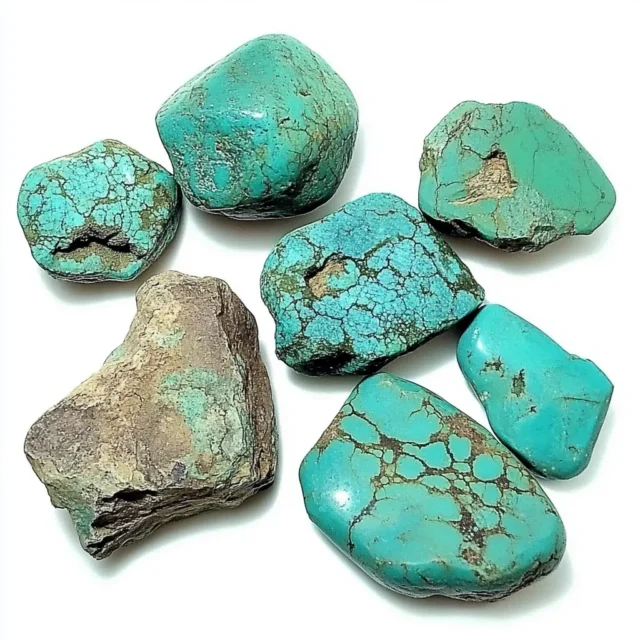
Turquoise stones used in talismans and amulets
For centuries, turquoise has been more than a simply beautiful stone; it has been a potent symbol of protection, wisdom, and luck. The Egyptians used turquoise in burial masks; many Native American tribes steadfastly believed the stone to be a force for good and used it in ceremonial jewelry and weapons. Why? Turquoise was—and still is—thought to be a powerful guardian, one that both protects the body and guards the soul and one whose presence brings emotional balance.
Many people continue to wear turquoise near their hearts, hoping that its protective properties will benefit them. Some modern interpretations suggest that not only does the gemstone help with emotional balance and stability, it also serves to deflect negative energy aimed at the wearer.
But does it work for all? Not necessarily. The might of a talisman often rests on personal conviction. Nevertheless, turquoise stays one of the go-to stones for protective adornments; its soothing blue-green hues signal serenity and a sense of being centered.
Protective Uses of Turquoise in Different Cultures
| Culture/Tradition | Belief/Use of Turquoise |
|---|---|
| Ancient Egyptians | Used in burial masks for protection in the afterlife |
| Native American tribes | Used in weapons and jewelry for spiritual protection |
| Modern practices | Believed to deflect negative energy and bring balance |

Using Turquoise Stone in Feng Shui
Turquoise is revered in Feng Shui as a color that attracts healing energy and communication flow. If your emotions are chaotic or you’re feeling stuck, turquoise can act as a gentle wind blowing through your space.
Several practitioners position turquoise close to the doorway to invite beneficial qi into the living space. The Bagua map places it well in the Zhen area, which is associated with family and health, as its balmy, harmonious energy fosters peace and growth.
If you want to enhance the talks you have at home or in your job, place a turquoise stone on your desk or in your living room. This mineral supposedly opens the throat chakra, which helps you calmly and clearly express your thoughts. I keep one near my journal, and it seems to spark creativity and honesty when I write.
Compared to ostentatious crystals, turquoise is an unassuming but potent touchstone for home decor. Its color and composition meld easily with a range of interior styles, and it radiates an undercurrent of harmony. Let’s look at some specific, simple ways to use this still-in-style stone to best effect.
Feng Shui Placement of Turquoise
| Location | Intended Effect |
|---|---|
| Near doorways | Invite positive energy (qi) into the home |
| Zhen area (Bagua map) | Strengthen family bonds and health |
| Desk or living room | Improve communication and self-expression |

Cleansing Turquoise Stone
The turquoise stone is relatively soft and porous, so it needs gentle care, both energetically and physically. Unearthed from the earth’s crust, turquoise is a stone that emanates profound healing energies. Despite the stone’s apparent strength, it necessitates a gentle touch as it seeks therapeutic energies to create a more crystalline structure during its formation process. Turquoise loves water. It seeks it during its formation deep in the earth and metamorphosis into a more crystalline structure before becoming a gemstone.
However, don’t use salt or strong chemicals. They can harm blue-green minerals. Instead, use one of these mild methods:
Moonlight cleanse: Leave your turquoise in the moonlight overnight, especially during a full moon. It is a safe and effective way to clear built-up energy.
Smudging: Pass the stone through the smoke of burning white sage, palo santo, or sandalwood incense. This method is both traditional and spiritually symbolic.
Cleansing with sound: Use a singing bowl or tuning fork to cleanse with sound vibrations—great if you want a non-contact method.
I steer clear of washing with water. It can produce uneven color and, in some cases, even cause a protective layer of fabric to crack open and let loose insecure threads. Until I determine how to re-secure that fabric, I will refrain from using water. I do, however, feel quite at ease washing to the next level up: misting.
Charging Turquoise Stone
Post-cleansing, you may desire to empower your turquoise to rejuvenate its innate characteristics. Envision it as refreshing a battery—gemstones can dissipate their intensity as time lapses.
An efficient way to do it is to set it on a natural quartz or selenite for several hours. These “amplifier stones” transfer the energy without going overboard.
Turquoise can also be placed in direct sunlight, but only for brief periods. Long-term exposure can cause it to lose its luster. The safest time to sunbathe on the stone is during the early morning hours, when the sun’s light contains the most subtle and supportive energy.
Another method I cherish is purposeful charging. Grasp the stone, shut your eyelids, and concentrate on what you wish for it to assist you with—self-assurance, tranquility, conversing. Your thoughts and intents also contain energy. This intimate connection frequently amplifies how the stone aids you.

Questions and Answers
Additional Facts About Turquoise
Raw Turquoise Stone
Unrefined turquoise has a unique appeal—its rough texture and bright blue-green color could make you think you were holding a piece of the Earth’s very soul. Unlike a polished, refined gemstone, an unrefined turquoise doesn’t have that fancy finish. Many collectors find that an unrefined turquoise has more of a natural vibe. Some popular beliefs hold that unrefined turquoise serves better in talismans, amulets, or other naturally occurring forms of jewelry because the stone hasn’t been altered in any way.
Blue Lander Turquoise
Extracted from Lander County in Nevada, the Blue Lander Turquoise has a bright sky-blue hue and a unique, brown matrix. It is also incredibly rare. The vibrant coloration, detailed matrixing, and significant visual heft that this turquoise possesses are even more rare. Most of that heft is an illusion, of course: The contrast between the blue stone and its neighbor gives the impression of a dense, solid stone, but that’s not turquoise’s real nature. And it’s the appearance of a solid rock that makes it a favorite for many artists.
| Feature | Description |
|---|---|
| Origin | Lander County, Nevada |
| Color | Bright sky-blue |
| Matrix Pattern | Brown matrix |
| Rarity Level | Extremely rare |
| Artistic Appeal | High, due to contrast and visual weight |
Price of Turquoise per Gram
Turquoise can cost anywhere from a dollar to over twenty bucks per gram. The quality, provenance, and treatment of a stone always determine its pricing. You will pay a premium for natural, untreated turquoise, which is the genuine deal. Dyed or treated stones are less expensive, and the pricing for these types of turquoise can be quite confusing. And then there’s the caliber of the turquoise itself, with the blue kind (especially if we’re talking Desert Blue or Persian turquoise) being the most valuable.
| Type of Turquoise | Treatment | Price Range (per gram) | Notes |
|---|---|---|---|
| Natural, untreated | None | $10–$20+ | Most valuable |
| Dyed or stabilized | Treated | $1–$10 | Less expensive |
| Persian or Desert Blue | None or minimal | Higher end of price scale | Highly sought after by collectors |
Turquoise Aura Color Meanings
A turquoise aura signifies clear and honest communication. In energy work, turquoise shares the same properties as blue. So wearing a blue stone or meditating with one can have a calming effect on the spirit and the throat chakra. Ever feel someone’s vibe change just because they put on a blue stone? That’s the aura effect.
Birthstone: Turquoise
December’s traditional birthstone is turquoise. It stands for good luck and protection. People have worn turquoise as a personal amulet for millennia and across many cultures. The ancient Egyptians and Native Americans prized this beautiful stone. They believed it safe, a bulwark against danger.
Natural Stone Turquoise
Natural stone turquoise refers to untreated turquoise. Because natural turquoise is so rare, most of what you find on the market today has been dyed or otherwise altered to improve its appearance and durability. Stone purists, caves, and high-end retailers aren’t likely to have anything but the untreated kind.
Turquoise Mines in New Mexico
The turquoise mines in New Mexico are some of the oldest in the United States. They include Cerrillos and Tyrone. Native American jewelry designers used the turquoise from these mines to create some of the most stunning pieces. I visited the historic landscape that is home to the Cerrillos turquoise mine and felt like I was walking in turquoise history.
Turquoise Mines Map
A turquoise mining map illustrates worldwide sources—Iran, the U.S., China, and Egypt. It’s captivating to see how the color and matrix can change so completely depending on the locale. This map shows the differences between Persian deep blue, turquoise from New Mexico, and greenish hues from the same stone.
Turquoise Mohs Hardness
The turquoise measures 5 to 6 on the Mohs hardness scale. Despite being less hard than quartz, it is one of the most durable jewelry stones. Still, it is not invincible. Avoiding direct blows and sharp instruments are two essential precautions to take, since even a small goldsmith’s hammer could crack a turquoise.

